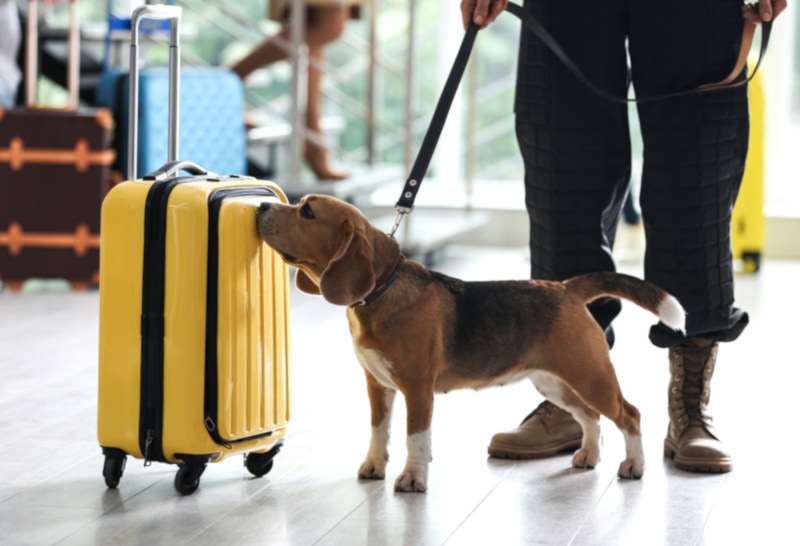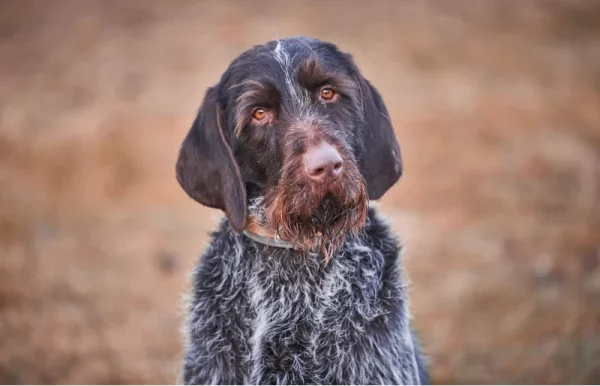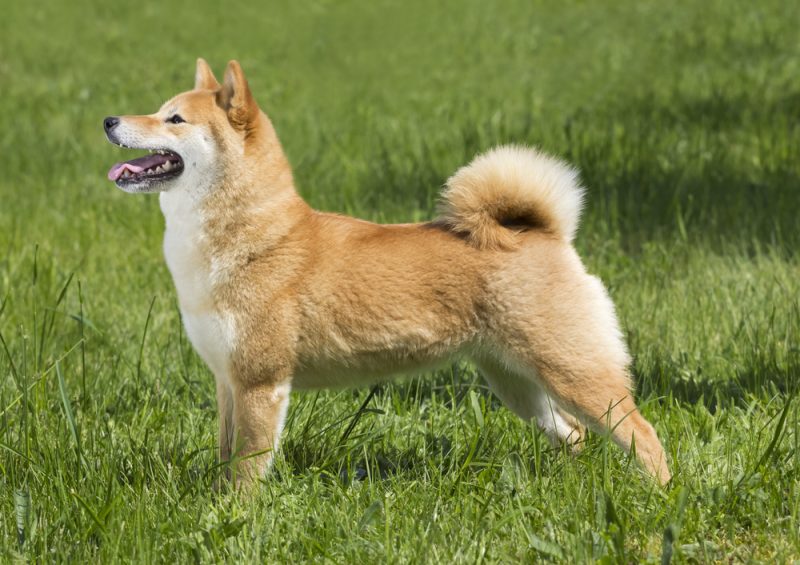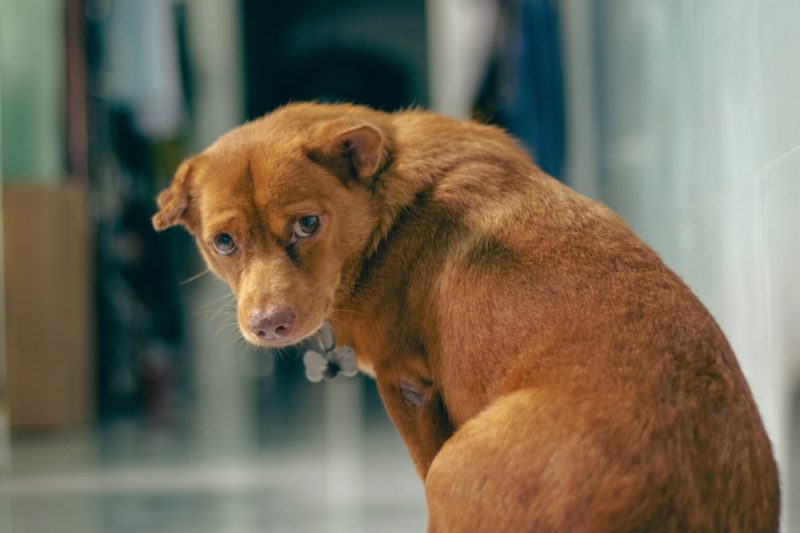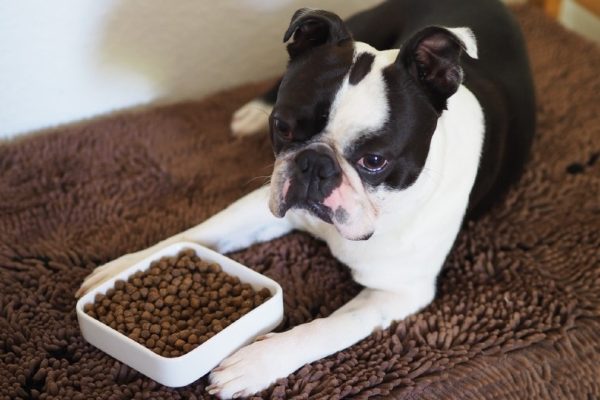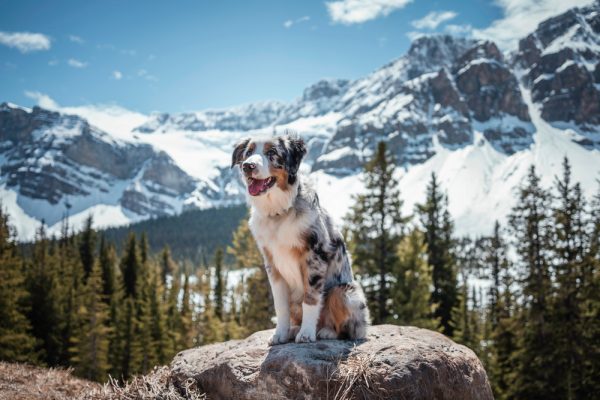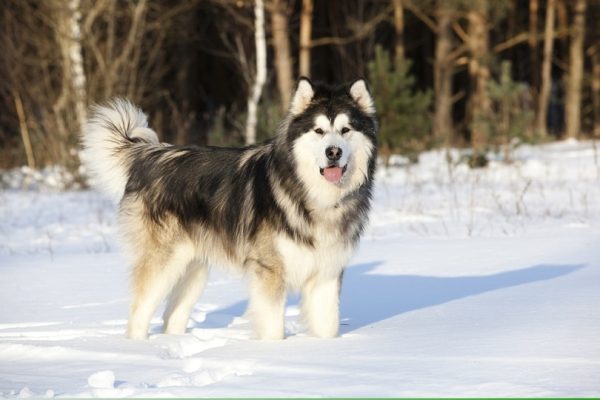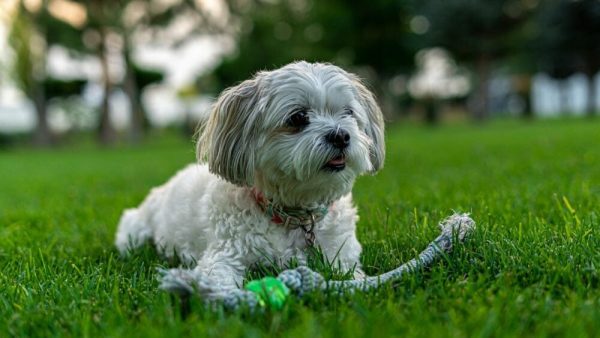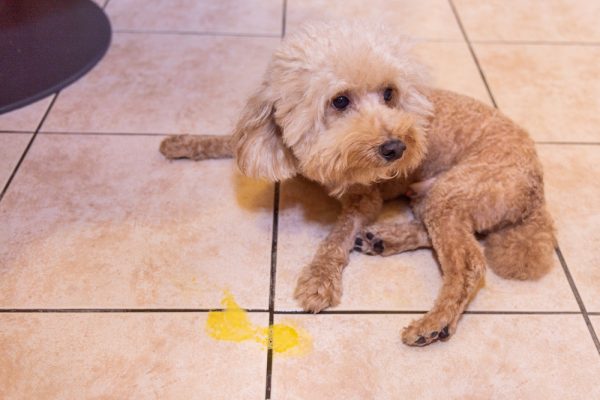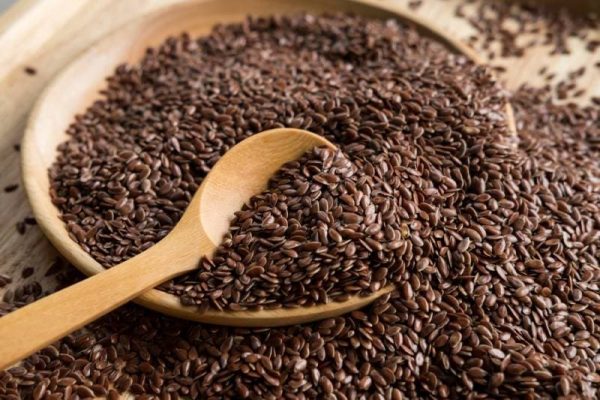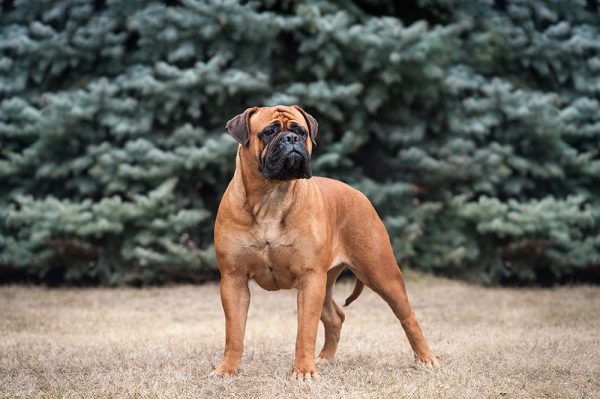One of the most impressive natural abilities dogs have is their keen sense of smell. Dogs have about 300 million olfactory receptors compared to a human’s 6 million, as well as 40 times more brain space devoted to analyzing the smells they detect.
While all dogs have powerful noses, some are more impressive than others: scenthounds. These hound dogs pursue game by following their noses rather than sight and have the most sensitive noses among all dog breeds.
Learn more about the most popular scenthound breeds.

How Are Scenthounds Classified?
Scenthounds fall into the Hound Group with the American Kennel Club (AKC). Most hound breeds hunt by tracking scents, though some of the Hound Group is reserved for sighthounds, which hunt by sight. Many of these dogs have adaptations that enhance their scenting ability even further, such as long, droopy ears that pick up scents while they’re on the hunting trail.
The 13 Most Popular Scenthound Breeds
1. Beagle
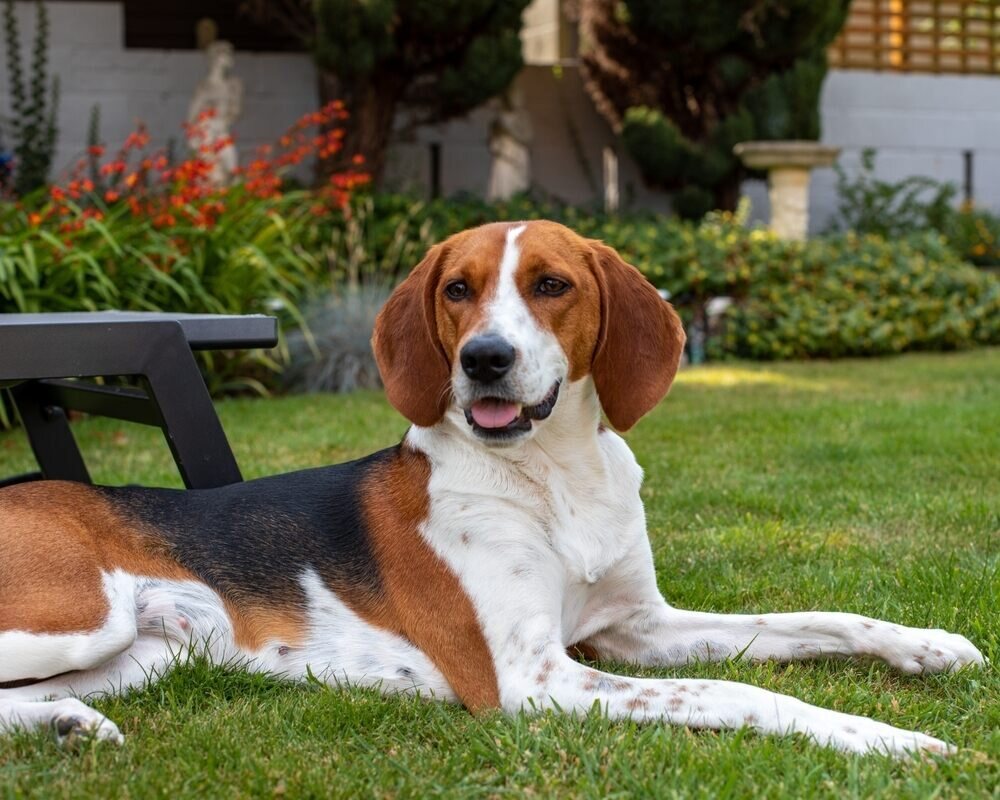
| Origin: | England |
| Lifespan: | 12–15 years |
| Height: | 13–15 inches |
Arguably one of the best-known scenthounds, the Beagle is an exceptional and hardworking hunting dog with a happy-go-lucky attitude. These pack hunters get along with other dogs and people and tend to go with the flow, which makes them an ideal choice for all types of owners. However, their hunting development has created some unique vocalizations that can be challenging to control.
2. Basset Hound
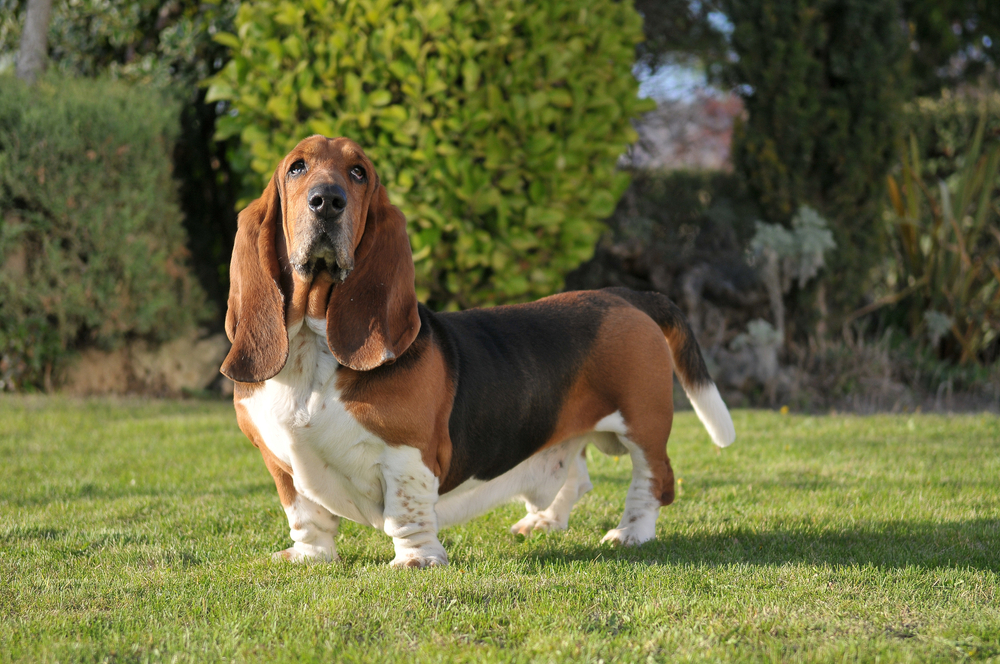
| Origin: | France |
| Lifespan: | 10–12 years |
| Height: | 11–15 inches |
The adored Basset Hound is a favorite among the scenthounds. With their signature low-slung bodies, velvety ears, and charming personalities, Basset Hounds make great family pets and companions. But when it comes to hunting, few dogs can match the Basset’s endurance and scenting ability, which comes in second only to the next entry on the list.
3. Bloodhound
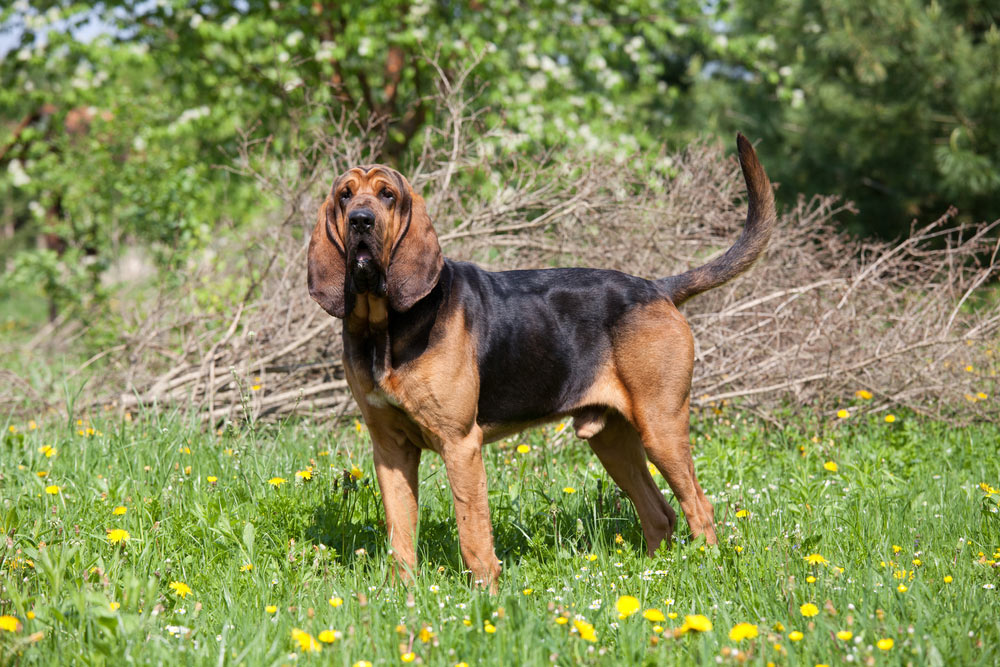
| Origin: | Belgium, France |
| Lifespan: | 10–12 years |
| Height: | 23–27 inches |
Famous for their uncanny scenting ability, massive droopy ears, and warm, deep-seat eyes, the Bloodhound is one of the best-known scenthounds for both hunting and search-and-rescue work. Their large, powerful bodies give them the strength and endurance to track scent over miles of rugged terrain, but these dogs are extremely easygoing and docile among family members and other dogs.
4. American Foxhound
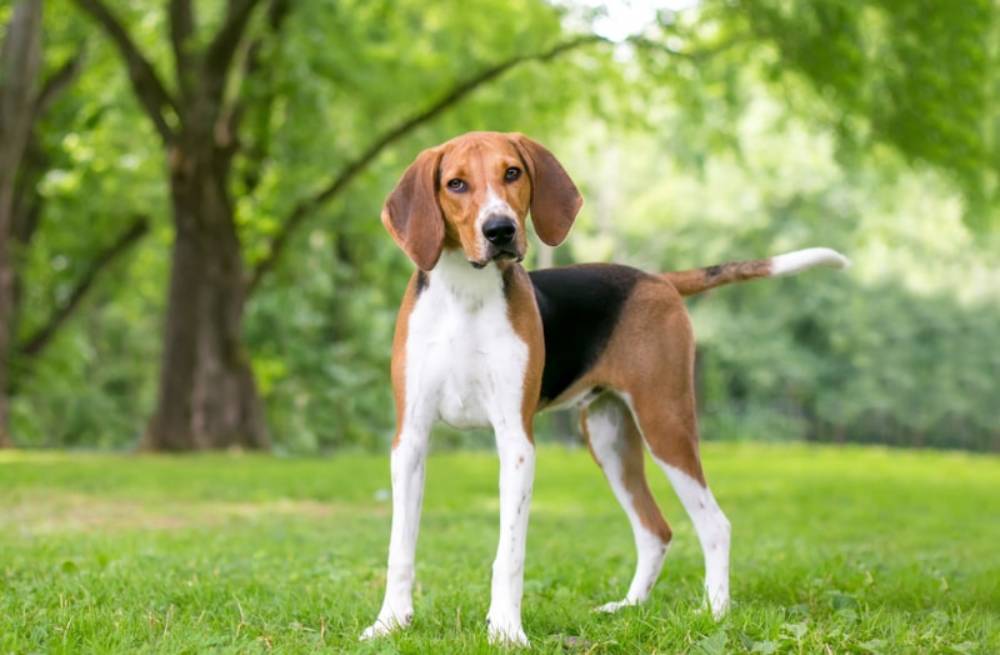
| Origin: | United States |
| Lifespan: | 10–12 years |
| Height: | 21–25 inches |
Closely related to the English Foxhound, the American Foxhound is a scenthound developed in the US by Founding Father George Washington. These sleek hunters are known for their speed and endurance, as well as their scenting abilities. These low-maintenance dogs get along with just about any dog or human, but they do need a lot of exercise or a job to keep their body and mind sharp.
5. Bluetick Coonhound
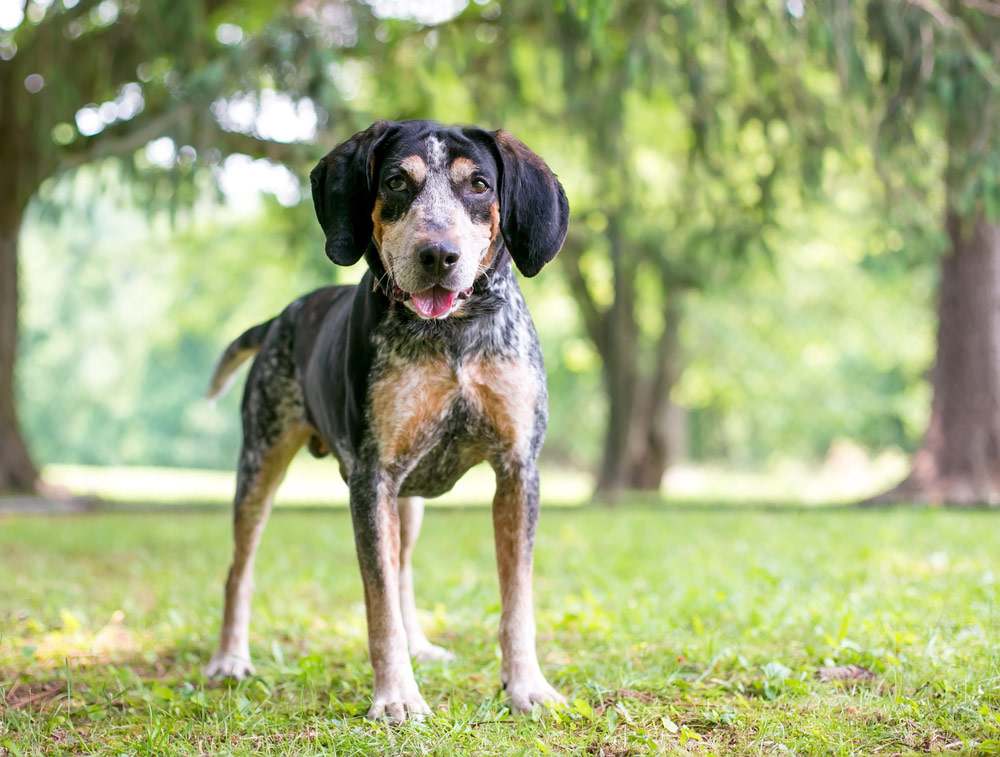
| Origin: | United States |
| Lifespan: | 11–12 years |
| Height: | 21–27 inches |
The Bluetick Coonhound is a sweet and affectionate breed until there’s prey to chase. These dogs have an incredibly high prey drive that leads them to pursue any scent that captures their interest. Without a job to do and firm boundaries, the Coonhound can develop bad habits like nuisance barking.
6. Black and Tan Coonhound
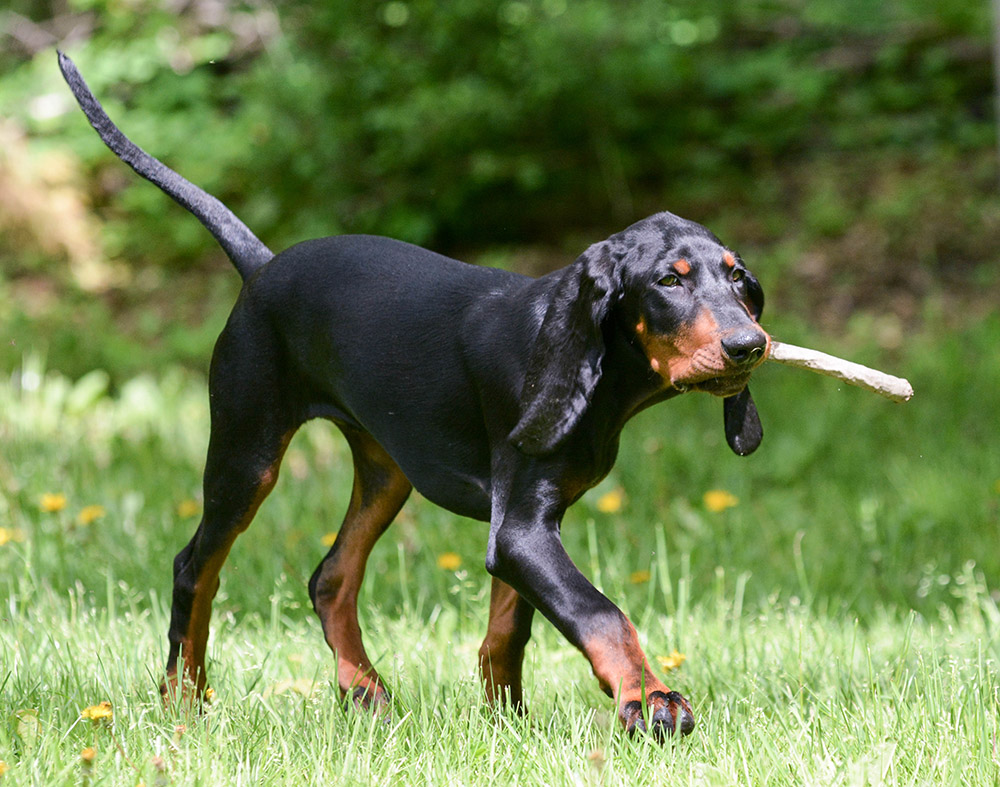
| Origin: | United States |
| Lifespan: | 10–12 years |
| Height: | 23–27 inches |
The large, athletic Black and Tan Coonhound is similar to the Bluetick Coonhound. They have sensitive noses, long, velvety ears, and a sweet and easygoing disposition. However, when it comes to hunting, they can cover incredible ground in pursuit of a quarry. Like other hounds, these Coonhounds have loud, mournful barks and other vocalizations.
7. Dachshund
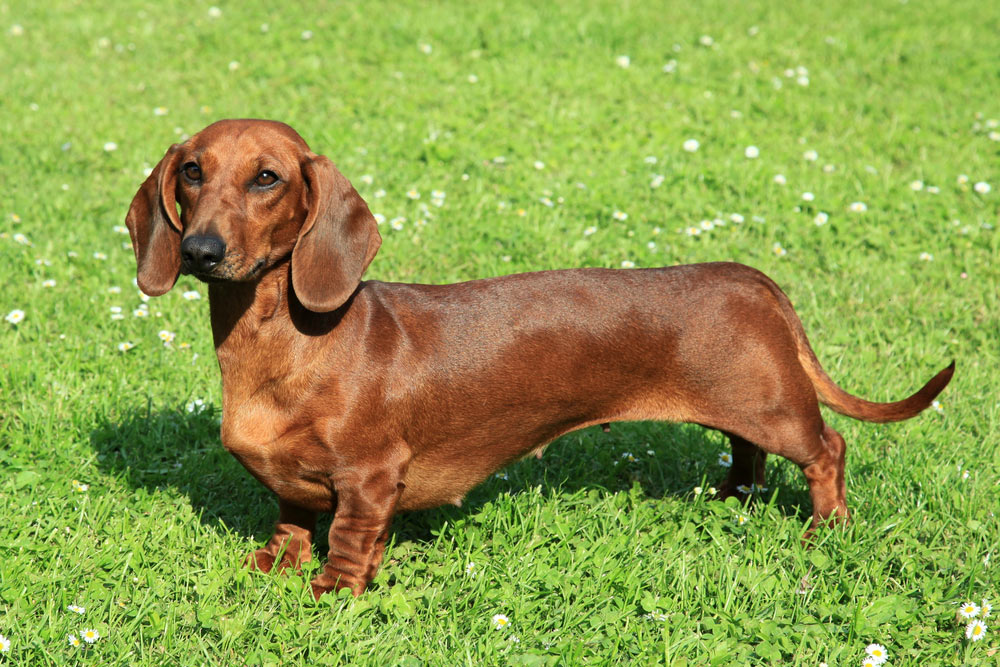
| Origin: | Germany |
| Lifespan: | 12–16 years |
| Height: | 5–6 inches (miniature), 8–9 inches (standard) |
The Dachshund is an instantly recognizable dog with a low-slung “wiener” body and short, stubby legs. Bred to hunt badgers, Dachshunds aren’t built for distance running, agility, or swimming, but they have the bravery and tenacity to pursue dangerous prey into their burrows. Mostly a companion dog now, Dachshunds can be stubborn and destructive without proper training and boundaries.
8. English Foxhound
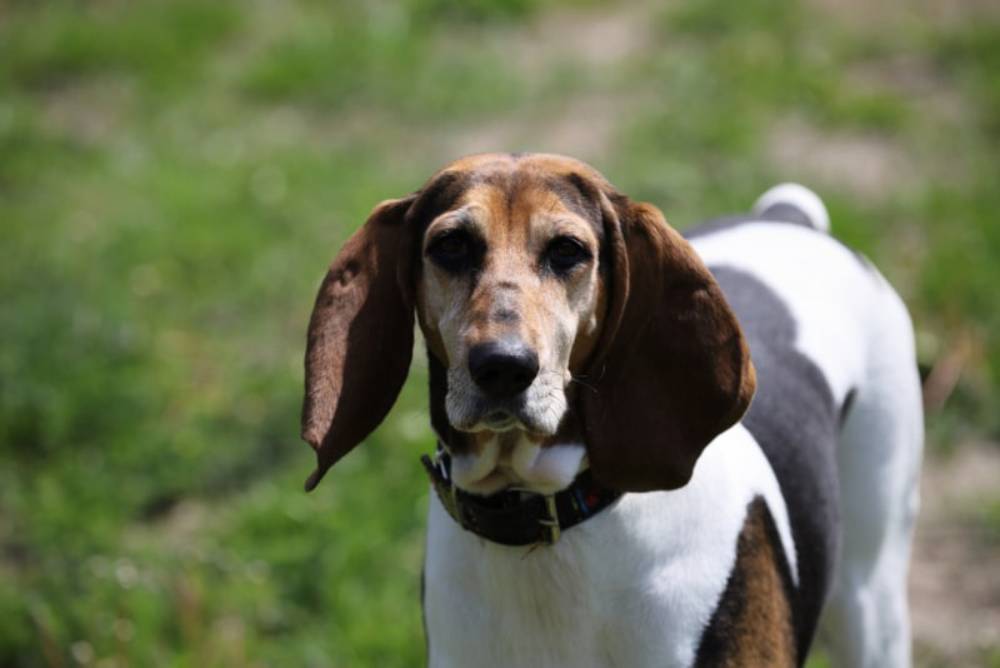
| Origin: | England |
| Lifespan: | 10–13 years |
| Height: | 21–25 inches |
A close cousin of the American Foxhound, the English Foxhound was bred to hunt foxes by scent alongside mounted hunters. These dogs are gentle and sociable in the home and get along with other dogs, but relentless in their pursuit of their prey. These dogs are hardwired for the chase, so they need strong owners who can meet their exercise and mental stimulation needs.
9. Finnish Hound
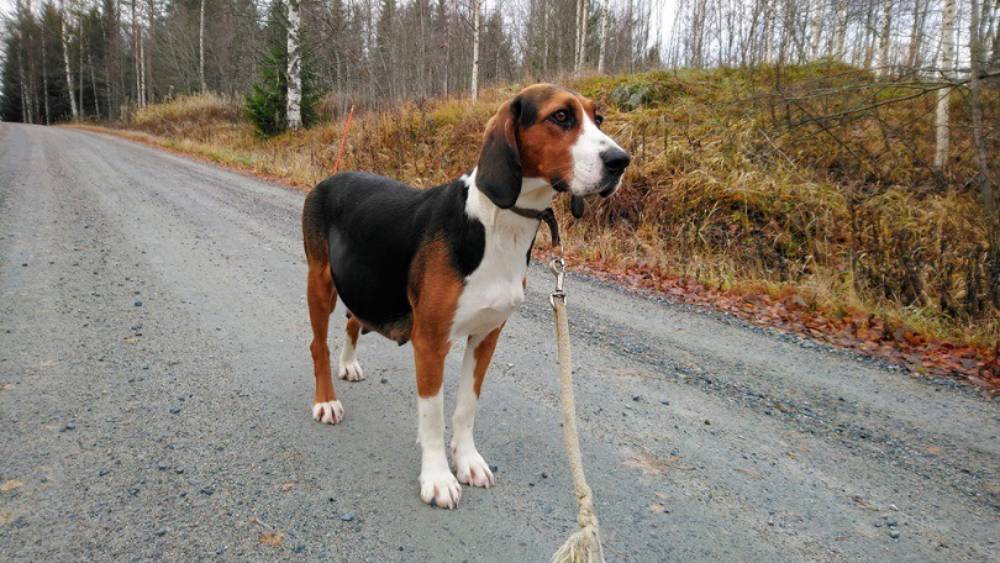
| Origin: | Finland |
| Lifespan: | 10–12 years |
| Height: | 20–24 inches |
Originally bred to hunt hare and fox, Finnish Hounds resemble longer, leaner Beagles with a tricolor coat and soft, floppy ears. These dogs are calm and friendly but energetic on the hunt. They were bred to work independently and pursue prey in deep snow, hilly terrain, or other punishing environments. Though popular in Finland and Sweden, Finnish Foxhounds are rare outside of these countries.
10. Polish Hound
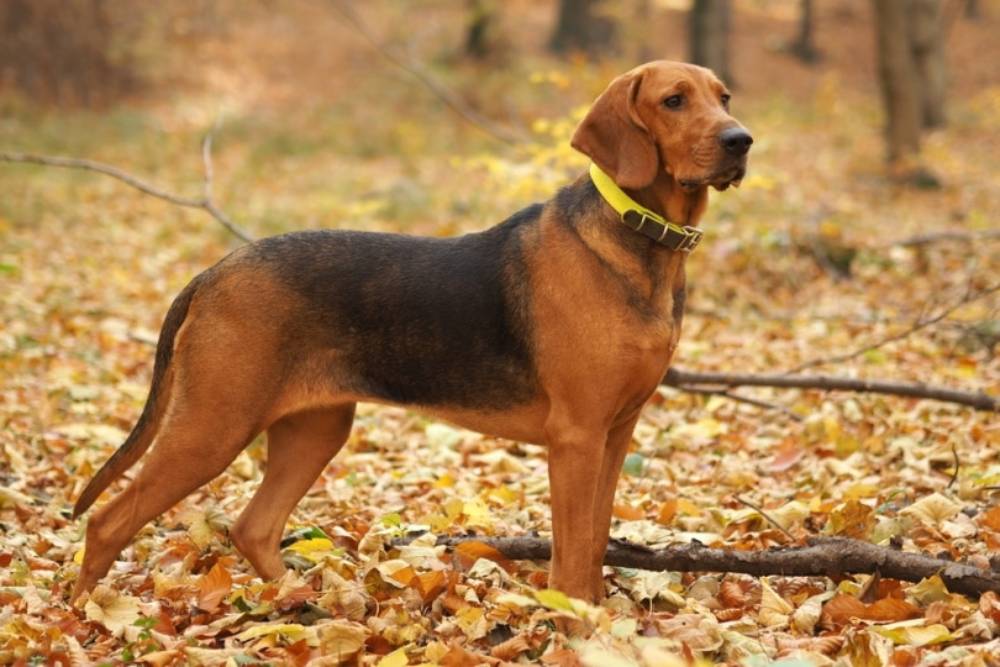
| Origin: | Poland |
| Lifespan: | 13–14 years |
| Height: | 22–23 inches |
The Ogar Polski, or Polish Hound, is a breed of hunting dog that originated in Poland to hunt small game. These dogs were created by crossbreeding Bloodhounds with local hounds, creating a dog with a keen sense of smell and the versatility to manage the harsh and changing environment of the Polish wilderness. At home, Polish Hounds are calm, affectionate, and easygoing.
11. Catahoula Leopard Dog
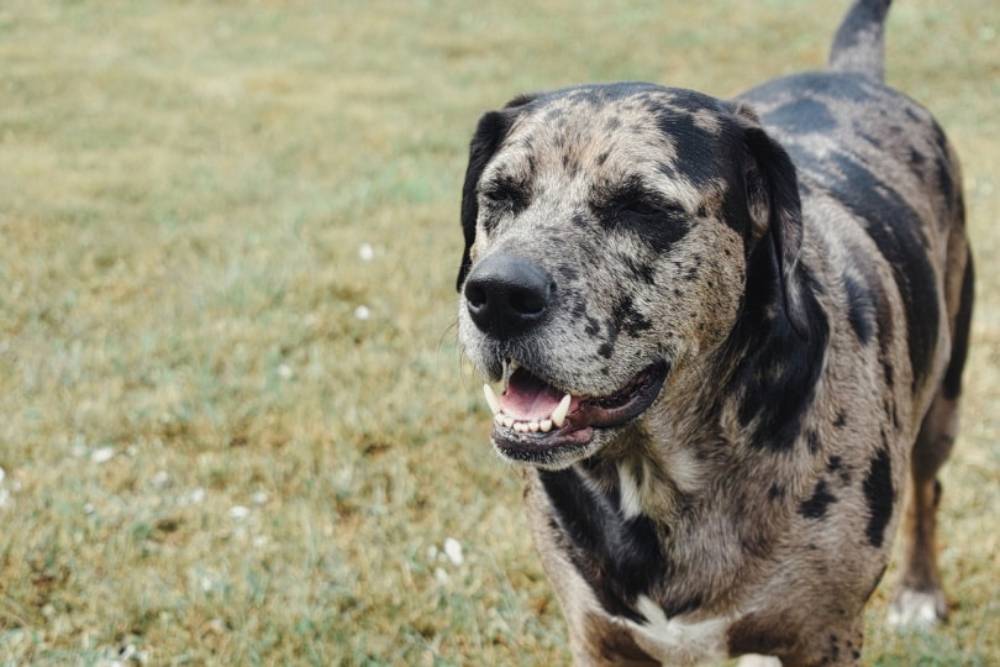
| Origin: | Louisiana, United States |
| Lifespan: | 10–14 years |
| Height: | 22–24 inches |
The Catahoula Leopard Dog is a multi-purpose working dog developed in the Catahoula Parish of Louisiana. Naturally independent, territorial, and protective, Catahoula Leopard Hounds have a keen ability to detect, categorize, and recall specific scents, a hereditary trait. They’re also the only breed of dog that can scent track through the air.
12. Mountain Cur
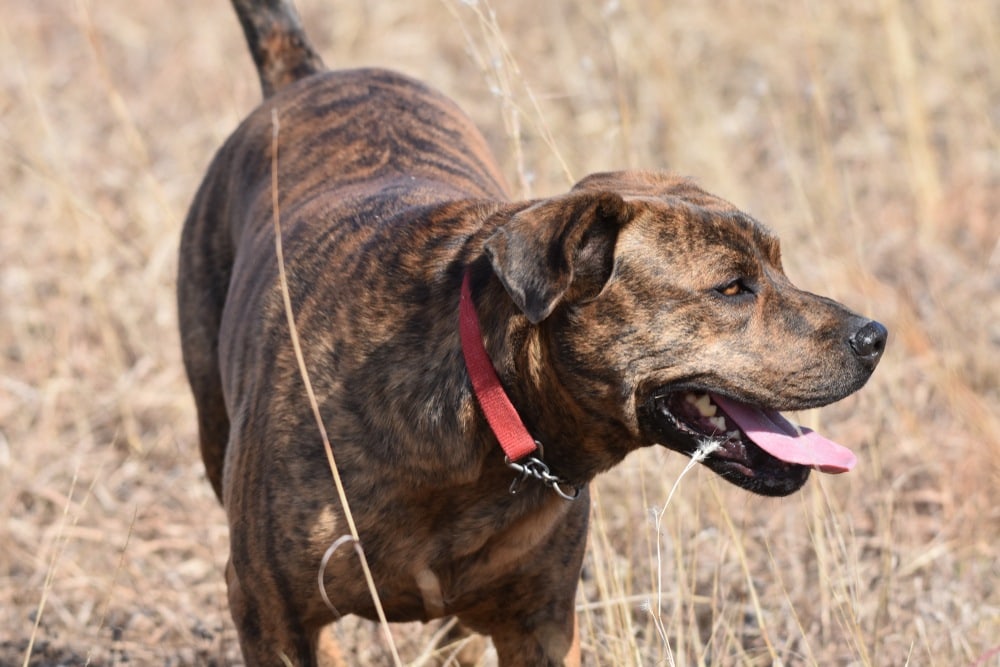
| Origin: | United States |
| Lifespan: | 14–16 years |
| Height: | 16–26 inches |
The All-American Pioneer Dog, Mountain Curs were a necessity to frontier families settling the Southern Mountains. These dogs were used to guard families and livestock and catch wild game for food. Mountain Curs have versatile hunting skills, but they can track animals expertly, including circling until they pick up a hot trail. Because they developed as part of the family unit, these dogs need a lot of companionship and human contact.
13. Grand Basset Griffon Vendeen
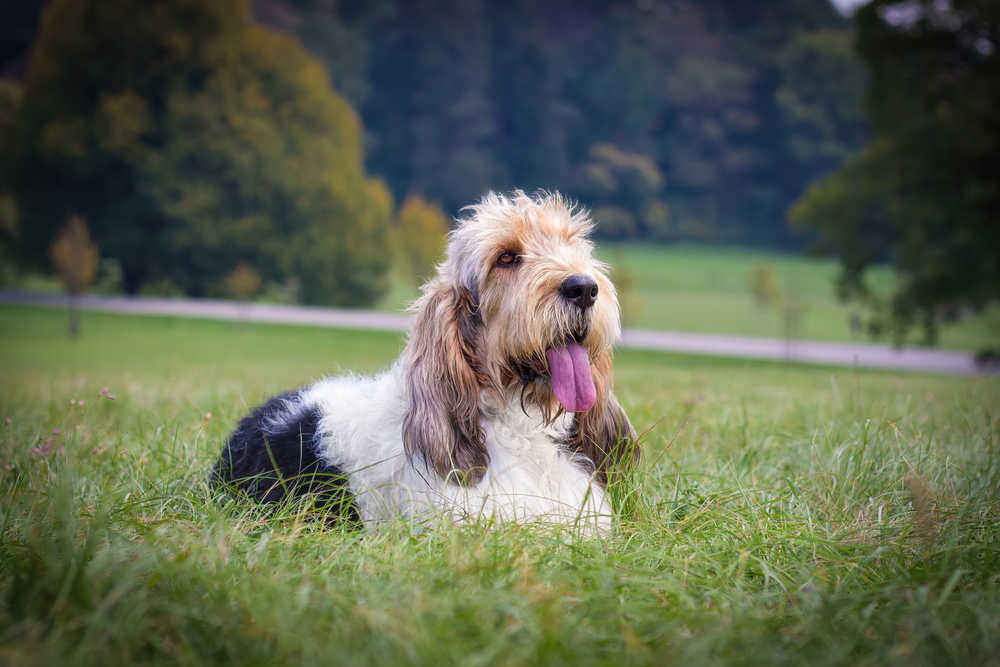
| Origin: | France |
| Lifespan: | 13–15 years |
| Height: | 15–18 inches |
A predecessor to the French bassets, the Grand Basset Griffon Vendeen is a French scenthound with a sweet face, long, floppy ears, and a shaggy coat with a mustache and beard. These dogs were used by hunters who did not have horses and needed slower, low-set dogs that could pursue game through the dense, thorny, and rocky Vendee. In addition to powerful scent abilities, Griffons have stunning agility and athleticism that help them withstand the punishing mountain terrain.

Conclusion
Whether you’re looking for a hunting companion, a canine competitor in scent work, or a candidate for professional search and tracking work, these scenthounds make great family pets and working partners.
Featured Image Credit: New Africa, Shutterstock
